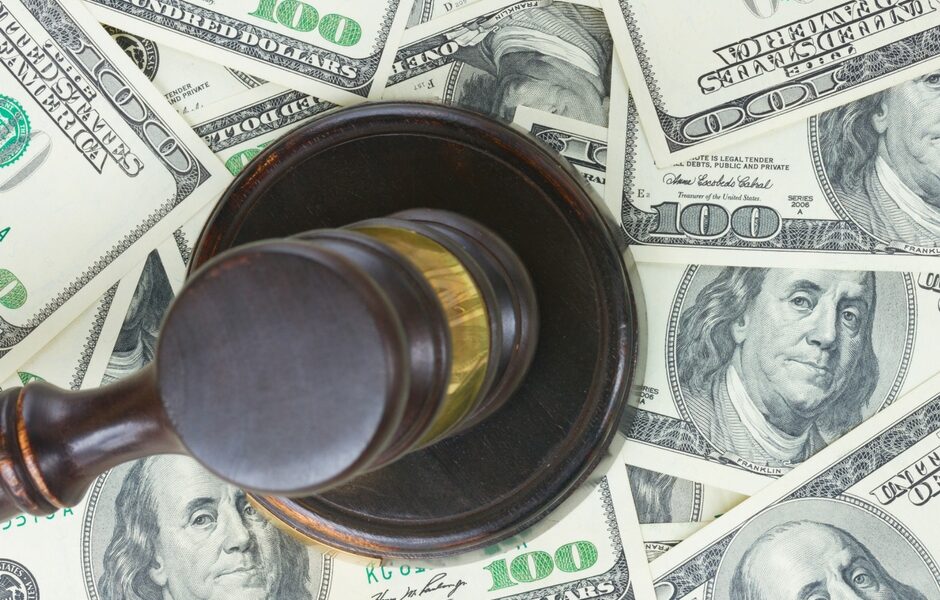 You just received notice that your customer who owes you money has filed bankruptcy. What should you do? Read the notice you receive from the court. Among other things, that notice will give you the deadline for filing a claim in the bankruptcy case. In a Chapter 7, 12 or 13 case, in order to receive payment a Creditor MUST file a claim. In a Chapter 11 case, if the Debtor has listed the claim as undisputed and the amount is correct, it is not absolutely necessary to file a formal proof of claim, but it is generally advisable because Debtor’s can amend their schedules and later list the wrong amount or list the claim as disputed and the creditor may not be made aware of the changes.
You just received notice that your customer who owes you money has filed bankruptcy. What should you do? Read the notice you receive from the court. Among other things, that notice will give you the deadline for filing a claim in the bankruptcy case. In a Chapter 7, 12 or 13 case, in order to receive payment a Creditor MUST file a claim. In a Chapter 11 case, if the Debtor has listed the claim as undisputed and the amount is correct, it is not absolutely necessary to file a formal proof of claim, but it is generally advisable because Debtor’s can amend their schedules and later list the wrong amount or list the claim as disputed and the creditor may not be made aware of the changes.
Often the claim form will be included with the notice, but, if not, the form may be obtained from the forms section of the Bankruptcy Court website (in the San Francisco Bay Area, go to www.canb.uscourts.gov, click the forms tab and look for the National Forms, Proof of Claim (Form 410/410A)). The forms have changed effective December 1, 2016, so make sure you have the most recent form. The new forms are more user friendly than the older ones, but if you have any concerns about filling it out, you should ask for a bankruptcy attorney’s assistance.
The amount of claim should be the total amount the Debtor owes, including any interest, collection costs and attorneys’ fees. If the amount includes these additional amounts, attach a separate sheet outlining how much is principal, accrued interest, finance charges, attorneys’ fees, etc. It is important to also attach copies of supporting documents (for example, the most recent statement and/or the Complaint or Judgment if legal proceedings have been instituted). Make sure you retain in your file as much documentation as you have to support the amounts set forth in the statement in case the Debtor objects to your claim, but you need not attach everything to the claim itself.
You will need to know the nature of your claim – is it secured, priority or unsecured? A claim is a priority claim only if it falls within a priority set forth in the Bankruptcy Code, which include taxes, wage claims, and domestic support obligations. It is unlikely that monies owed in commercial transactions will rise to the level of a priority claim.
Your claim is secured if you obtained a grant of security from the Debtor (a deed of trust or UCC-1 filing) which should have been properly recorded/filed, or if you have a judgment against the Debtor and recorded an Abstract of Judgment or a Judgment Lien on Personal Property. If you are a judgment creditor you may also have a lien created by statute if you had an unsuccessful levy on a bank account, or served the judgment Debtor with an order to appear for examination within 90 days of the bankruptcy filing. If your claim has been reduced to judgment, the better practice would be to have your attorney file the claim for you or to have a bankruptcy specialist do so.

